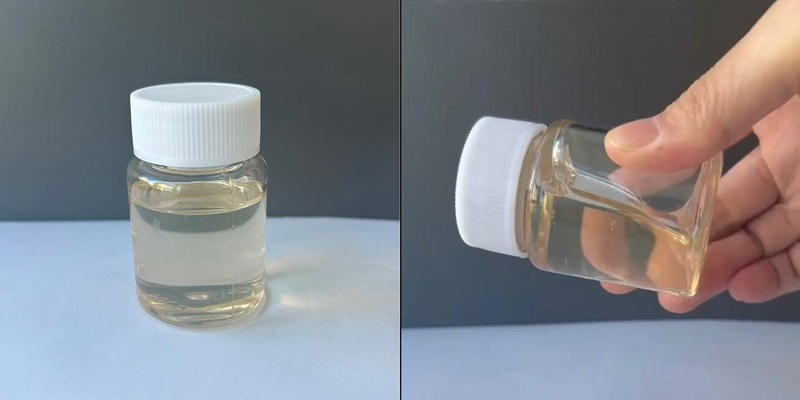The polyurethane catalyst industry plays a critical role in the production of polyurethane foams, enabling manufacturers to fine-tune reaction rates, foam stability, and final product properties. Polyurethane catalysts are essential in driving the chemical reactions between polyols and isocyanates, ensuring that polyurethane materials, such as flexible foams, rigid foams, and spray foams, are formed with the desired mechanical and thermal characteristics. The selection of catalysts significantly impacts the efficiency, quality, and environmental profile of the resulting foam systems.
Types of Polyurethane Catalysts
Polyurethane catalysts can be broadly categorized into two types:
- Amine Catalysts
Amine catalysts are widely used in the polyurethane foam industry, particularly in flexible foams, microporous structures, and elastomer applications. They help regulate the balance between the blowing and gelling reactions. These catalysts are particularly suitable for applications requiring precision in pore structure and mechanical resilience.Example: MXC-RE13
MXC-RE13 is an amine-based catalyst with versatile applications. It is used in ester-stabilized flexible foam, which is crucial for applications requiring durability and comfort, such as furniture and bedding. MXC-RE13 is also employed in microporous foam, which is lightweight and resilient, making it suitable for applications such as automotive seating. Additionally, it is used in elastomers, providing excellent elasticity and toughness. - Metal Catalysts
Metal catalysts, on the other hand, promote the polymerization (gelling) and crosslinking (curing) reactions in polyurethane systems. These catalysts often replace traditional tin-based systems, particularly in cases where environmental regulations demand the reduction of heavy metals, such as mercury, lead, or dibutyltin.Example: MXC-B20
MXC-B20 is a metal-based catalyst that serves as a sustainable alternative to traditional tin-based catalysts. It does not contain mercury, lead, or dibutyltin, which is increasingly important in the context of stringent environmental standards. MXC-B20 exhibits low volatility and minimal odor, ensuring both worker safety and product performance. It is a suitable catalyst for flexible sheets, high-density flexible foams, spray foams, and rigid foams. Its compatibility with a wide range of formulations makes it a preferred choice in applications requiring high performance and eco-friendly properties.
Application Fields of Polyurethane Catalysts
Polyurethane catalysts are essential in the production of various foam types, each with distinct applications in industries ranging from automotive to construction:
- Flexible Foam
Flexible polyurethane foams are soft, resilient materials often used in cushioning applications such as furniture, mattresses, and automotive seating. Amine catalysts like MXC-RE13 are used to fine-tune the foam’s cellular structure, providing superior comfort and durability. The presence of ester-based stabilizers ensures long-lasting performance, even under mechanical stress. - Rigid Foam
Rigid polyurethane foams are characterized by their high insulating properties and structural rigidity. They are commonly used in construction (insulation panels, roof boards) and appliances (refrigerators, freezers). Catalysts like MXC-B20 enhance the foam’s curing process, improving thermal insulation and structural integrity while reducing emissions associated with traditional metal catalysts. - Spray Foam
Spray polyurethane foams (SPF) are widely used in construction for insulation and roofing applications, providing energy efficiency and air sealing. Both amine and metal catalysts are used to control the foam rise profile, adhesion to substrates, and cure time. MXC-B20, for example, enhances SPF systems by promoting fast curing without the negative environmental impact of heavy metal-containing catalysts.
Conclusion
The polyurethane catalyst industry is vital in shaping the performance of polyurethane foam systems, whether for flexible, rigid, or spray foams. As the industry advances toward sustainability, the development of low-emission, low-odor, and heavy-metal-free catalysts like MXC-B20 is becoming more critical. These innovations ensure that polyurethane products meet regulatory requirements while offering the high-performance characteristics necessary for modern applications.
Post time: Jan-09-2025


